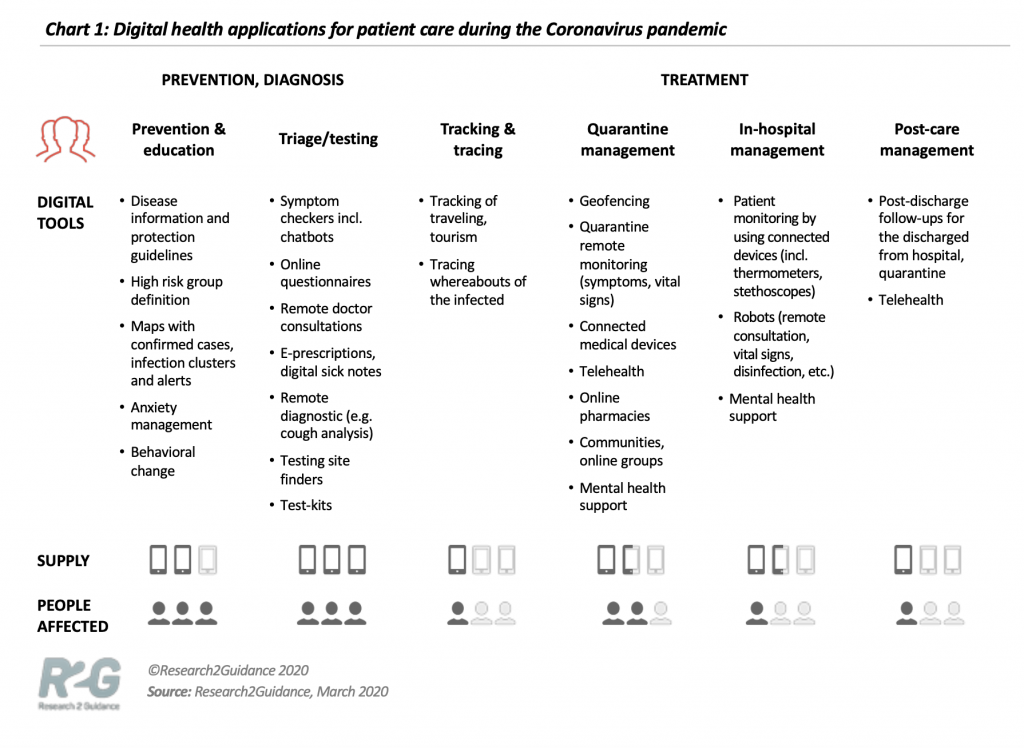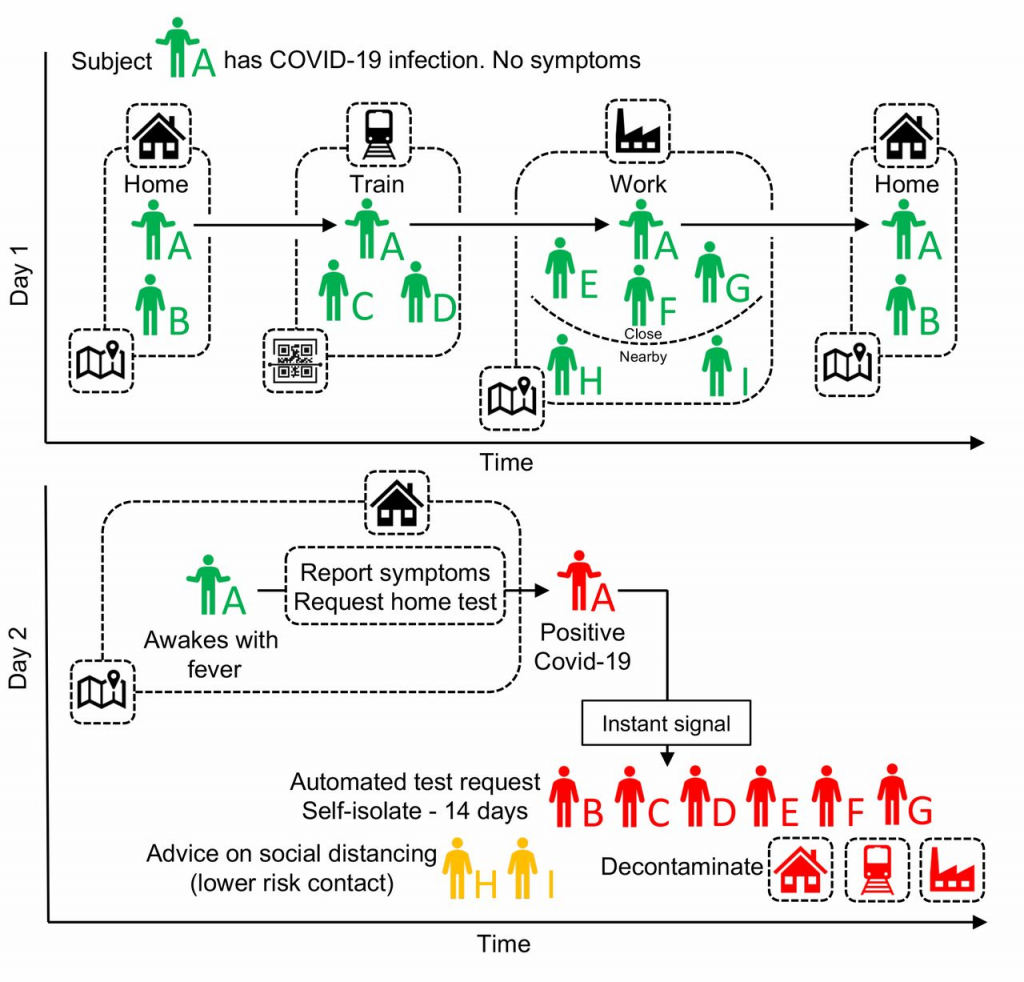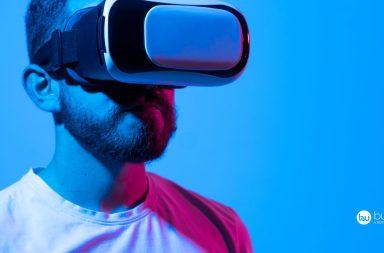The historical moment we are experiencing represents a unique opportunity to understand the real potential of technology in healthcare. Never before has the speed of adopting large-scale digital healthcare tools been impactful. These solutions can be classified into three areas of intervention: Coronavirus Prevention, Diagnosis and Treatment.
Introduction
At the basis of each system, whether it is tracking a phenomenon or telemedicine, there is an information system made up of five elements: data, people, procedures, means and principles. The adoption of a new digital healthcare solution by the national health system must therefore consider integration with current information systems as well as the legal framework in data processing.
The current crisis has led to a significant increase in telemedicine tools. If, on the one hand, there is an opportunity for a cultural change and the collapse of the resistance towards such innovations, it is not necessary to consider such solutions in the future as components in their own right and not interoperable with the health system.
Digital healthcare to support Coronavirus management
Reserarch2Guidance identified in a recent research the opportunities deriving from the use of technology in order to address a pandemic.

Source: Research2guidance – How can digital health support the management of the pandemic?
Prevention and Diagnosis
They range from prevention and education (health literacy), such as the information provided by the Ministry of Health (Link), to triage / testing applications which consist of chatbots for the control of symptoms and telemedicine tools. Examples are the #TiVideoVisito campaign and the symptom control chat of PagineMediche also used on the Lombardy Region website and the Provincial Agency for Health Services of the Autonomous Province of Trento (APSS).
Smarthphones thanks to an App and integrated location services, in combination with tracking systems on public transport (where the GPS signal is absent) are a valid tool to contain the infection. It is evident that the use of these solutions raises ethical questions regarding the limitation of freedom.

Source: A schematic of app-based COVID-19 contact tracing, Quantifying SARS-CoV-2 transmission suggests epidemic control with digital contact tracing.
Treatment
The management of people with Coronavirus can be supported by technology both in the case of home quarantine, hospitalization and subsequent patient follow-up.
During the quarantine, the person can take advantage of telemedicine tools to stay in touch with the doctor, constantly monitor the vital parameters through the use of wearable devices and manage their emotional state through online support communities, mindufless programs and more ( e.g. via Headspace).
The technology is also a mean to manage patients in the hospital, for example thanks to connected devices (e.g. thermometers) and robots used in tasks that can determine contagion, such as the distribution of meals.
https://www.youtube.com/watch?v=eQVS0R4G05s
Conclusion
The current pandemic is giving a strong boost to the adoption of digital healthcare tools. It is a great opportunity to rethink the touch points to the healthcare system and to include digital in this formula. The ability of digital health startups to participate in this healthcare digital transformation process will depend, without hype, on the speed of implementation of their solutions within the current processes.
Sources



